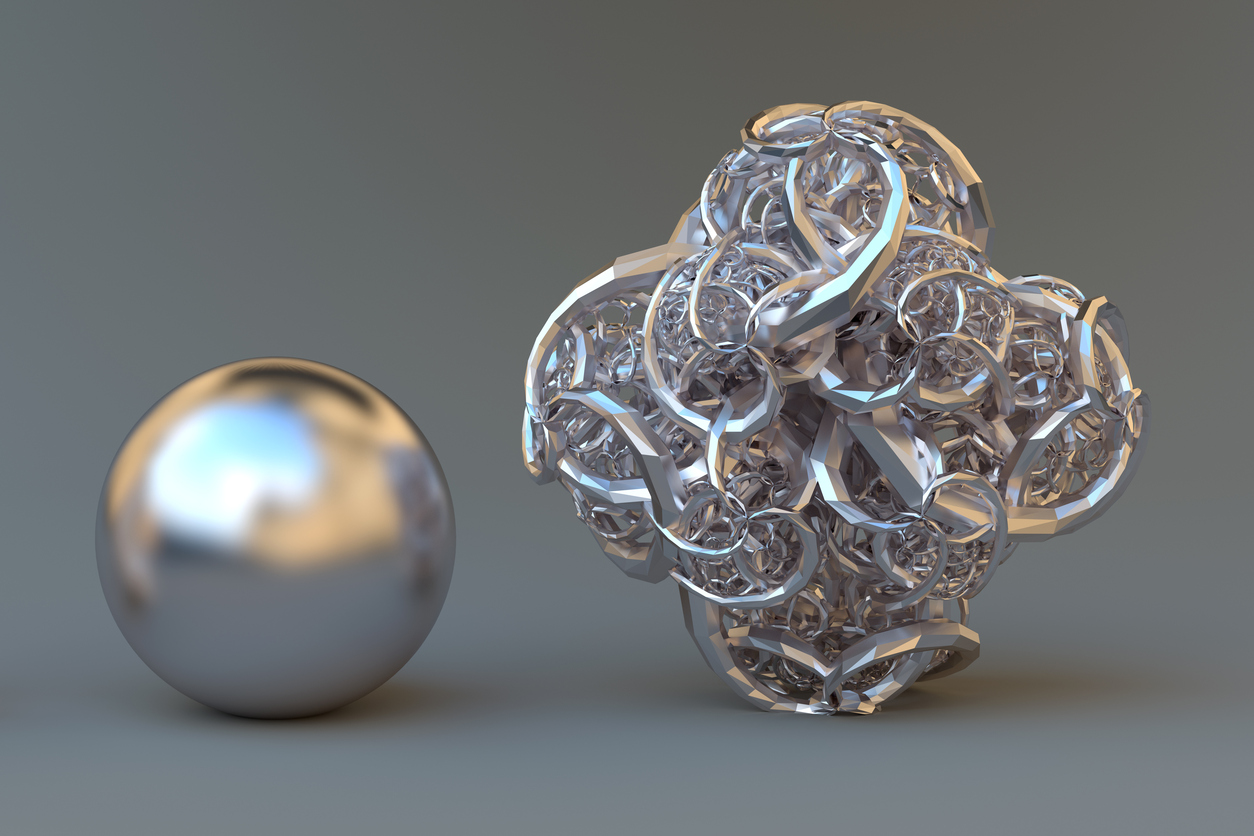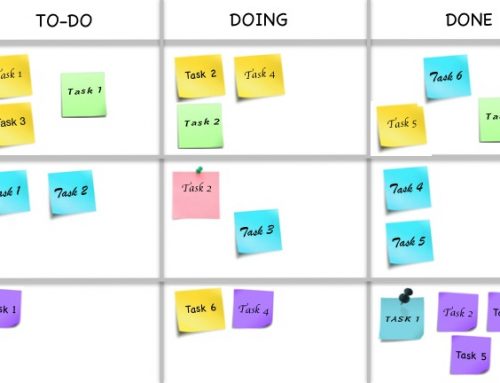Over the holidays, I received a most unusual book as a stocking stuffer- “The Life-Changing Magic of Tidying Up” by Marie Kondo. Now, I am not a hoarder as rated by this scale but I was intrigued by the subtitle “The Japanese art of decluttering and organizing” and how it might be applied to marketing tactics in biotech.
Marketing clutter accumulates the same as the detritus in a teenager’s room. Worn tactics are tossed about the floor, taking up valuable space. The laundry basket is overflowing with campaigns that have outlived their usefulness but nobody really wants to take the initiative to clean them up. Out dated materials for sales reps are littered about, like old homework assignments.
Most of us would begin by first organizing the materials. But here Kondo makes a key point: “Putting things away creates the illusion that the clutter problem has been solved.” Instead, she advocates picking up each item and asking, “Does this give me joy?” If the answer is “No” then discard it.
Why is it so hard to throw out Komono (miscellaneous items)?
Kondo outlines two primary reasons why we justify keeping Komono:
- Attachment to the past
- Fear of the future
Interestingly, when we first work with biotech research clients on their existing marketing tactics and the underlying justifications for running the tactics, their justifications frequently map to these two reasons. The marketing tactic or campaign has always been done, and if it is changed to something new, it may not work. Their justifications exhibit an attachment to the past, and fear of the future.
How many of us execute marketing tactics primarily due to legacy or fear?
It is often easier to continue marketing using commercial muscle memory rather than building new channels. In my experience, this is especially true if:
- The team is behind their revenue targets or,
- Requisite skills don’t exist in the organization.
Events are a good example of using muscle memory as they are routine, have high visibility and are relatively expensive. Events may have very little ROI, but are executed so the marketing team can be seen as doing something tangible. Compare this to the relatively obscure (but likely larger impact) exercise writing relevant content to improve the business website. Everyone “gets” events, executive teams like to attend, while the sales staff have a chance to go merry on the corporate card. Not everyone “gets” SEO (search engine optimization) and very few people want to write content- they have day jobs after all!
Tactics executed due to legacy or fear of the future, are simply marketing clutter.
This is our professional version of hoarding. We keep doing them because to continue is easier than changing.
To easier identify marketing clutter, we modified Kondo’s question to ask, “Why am I keeping this?” For a continuing social media campaign, we ask: “Why are we keeping this Instagram campaign?” Is it because we like the visibility, that it is generating solid results, or because we have always done it? Similarly, do we attend events because we have always gone to them or fear what would happen if we didn’t show up?
Pick up each marketing tactic or campaign in your toolbox, hold it in your hand and ask yourself “Why am I keeping this?”
- If the answer is “we have always done it” or “we do it because we know how,” then it is time to throw it out. Don’t try to organize around it. Don’t try to justify the marketing tactic or campaign thinking you just need to better optimize it- if you haven’t optimized it by now are you really going to get around to it this year?
- If the answer however is “it is creating a solid revenue” or “it is good for our brand recognition”– keep it.
Removing the clutter allows you to focus resources in areas that can make a difference. It streamlines the organization, sharpens your messaging to both internal and external customers, and does deliver on Kondo’s promise: “One of the magical effects of tidying is confidence in your decision-making capacity.”
Tell us how you deal with your marketing clutter!






Leave A Comment